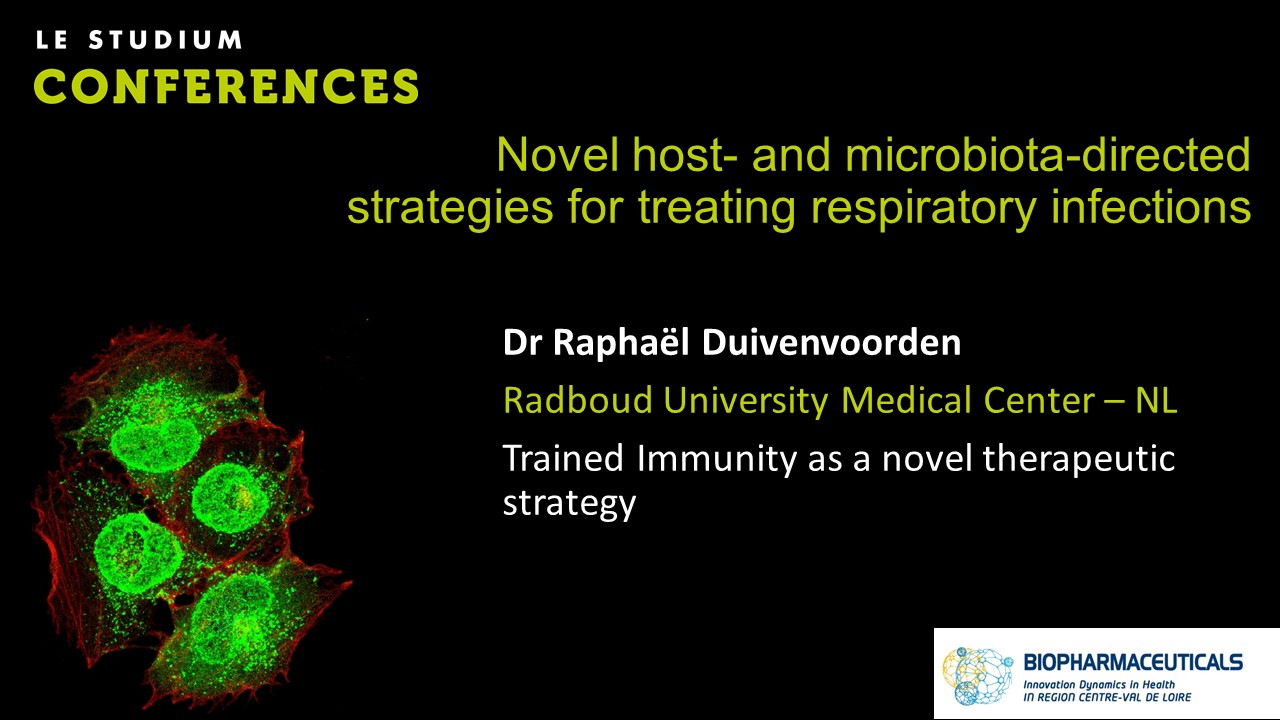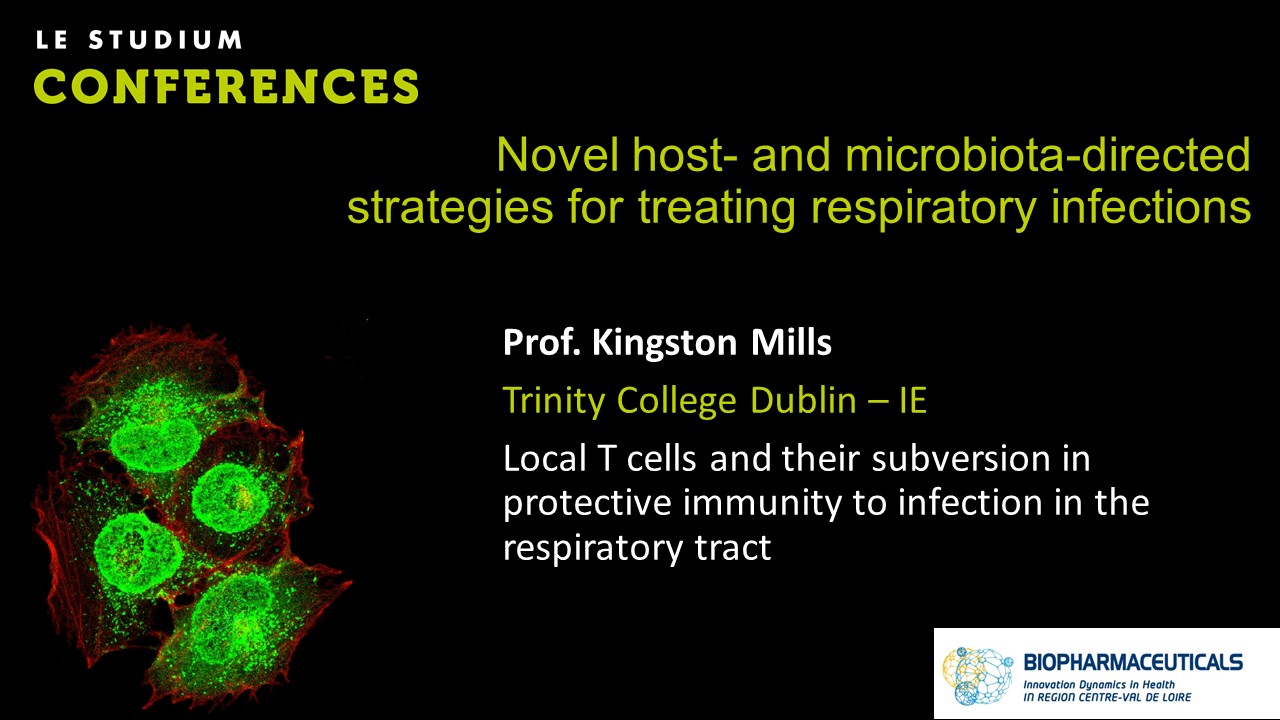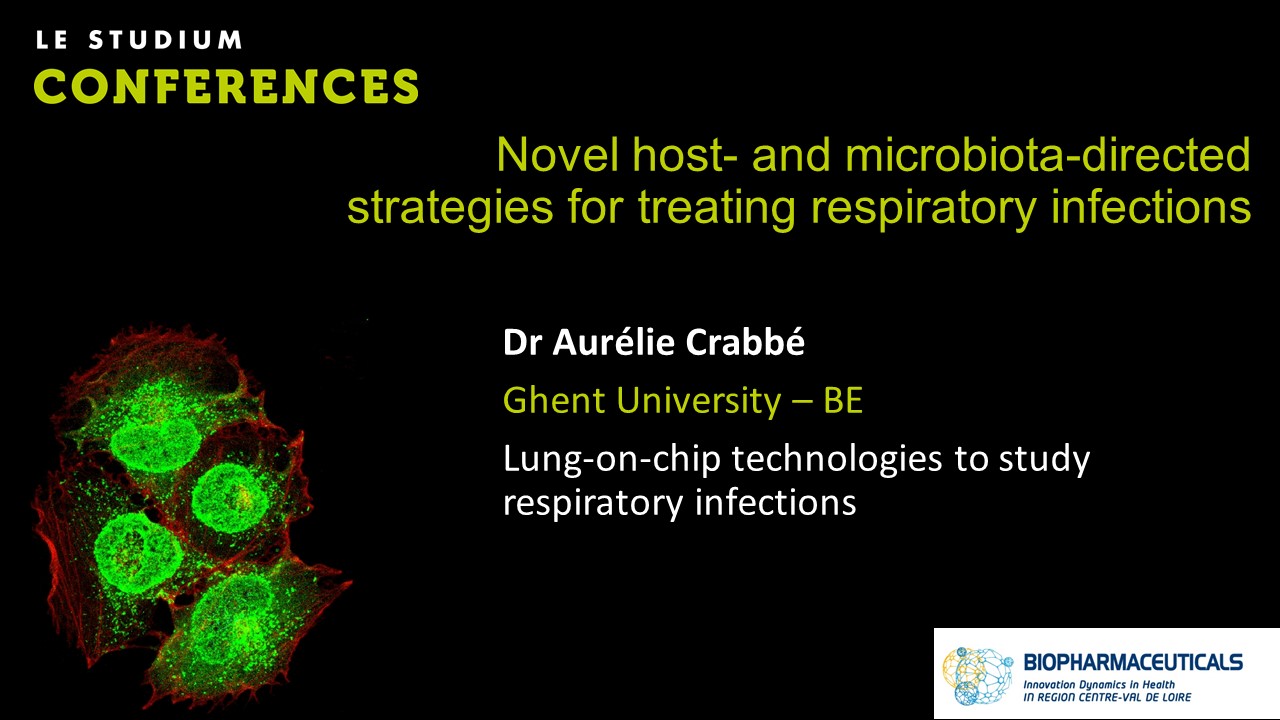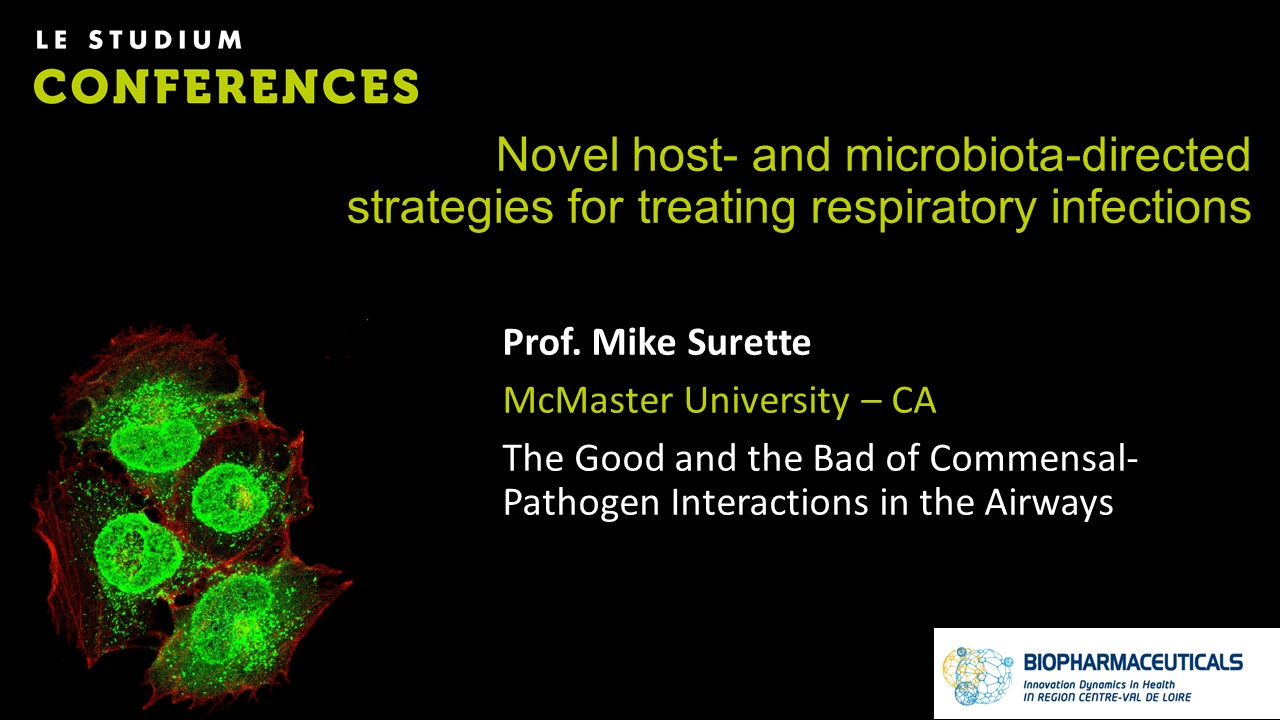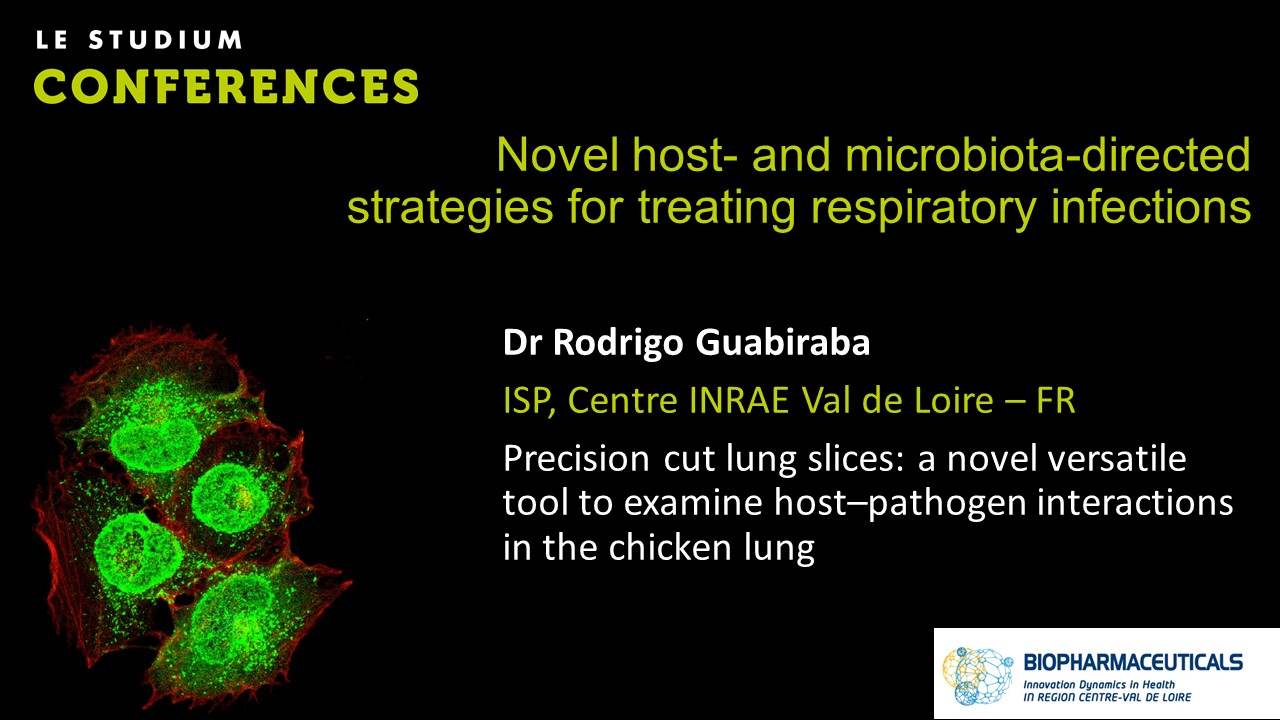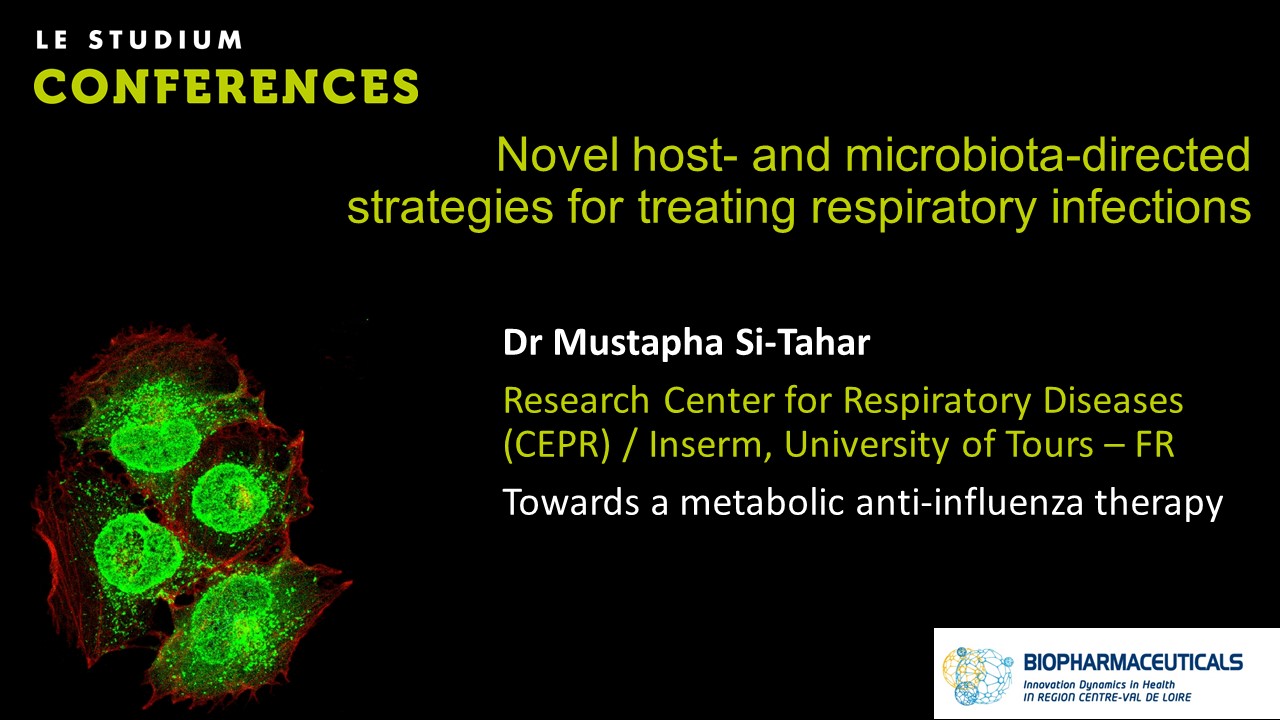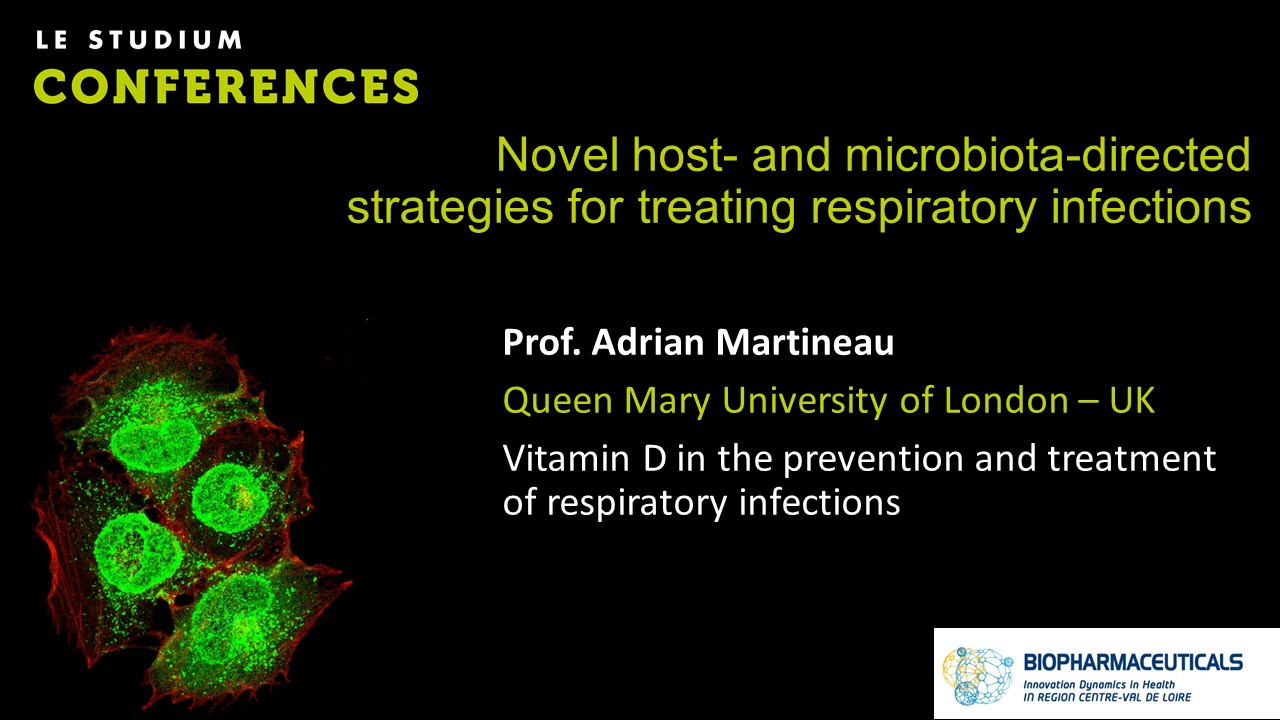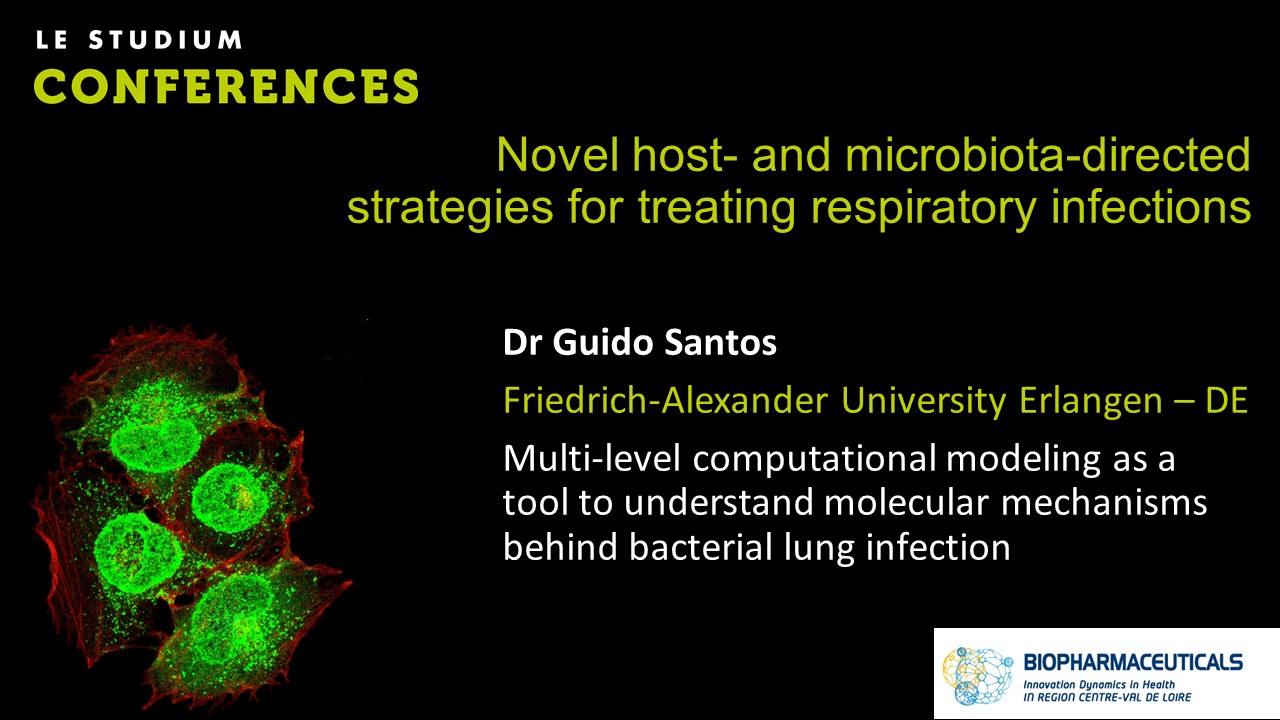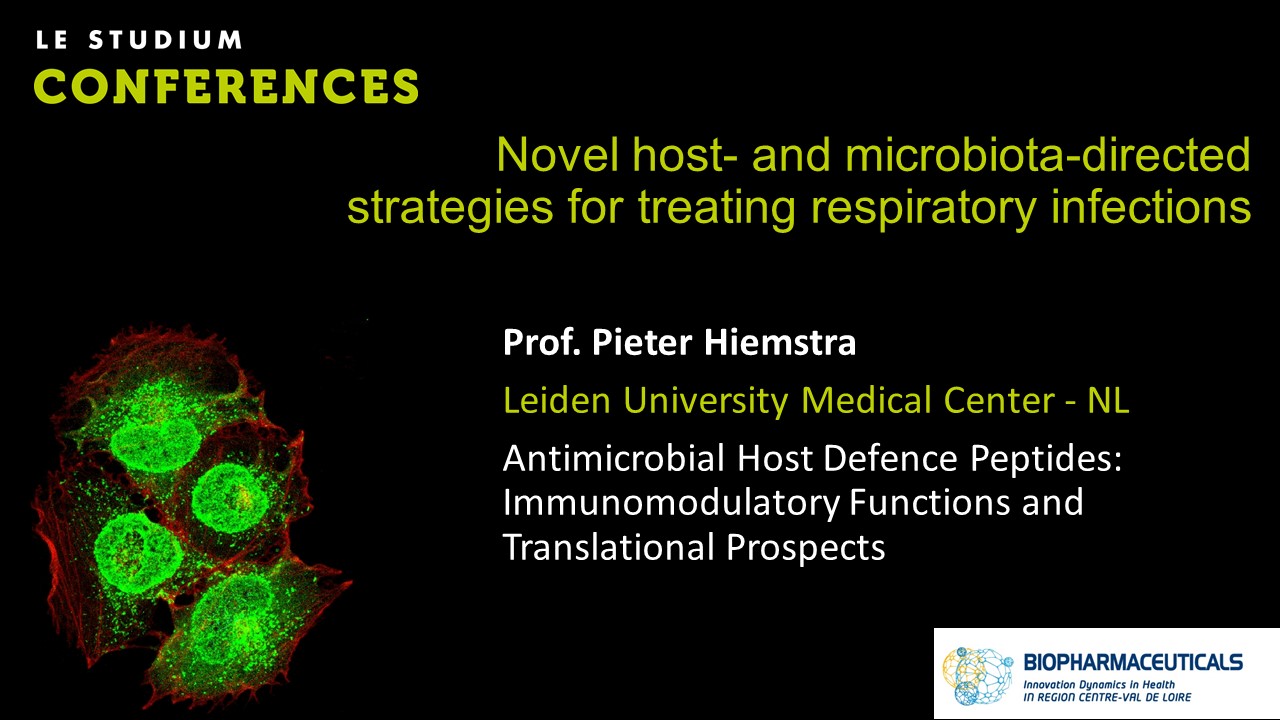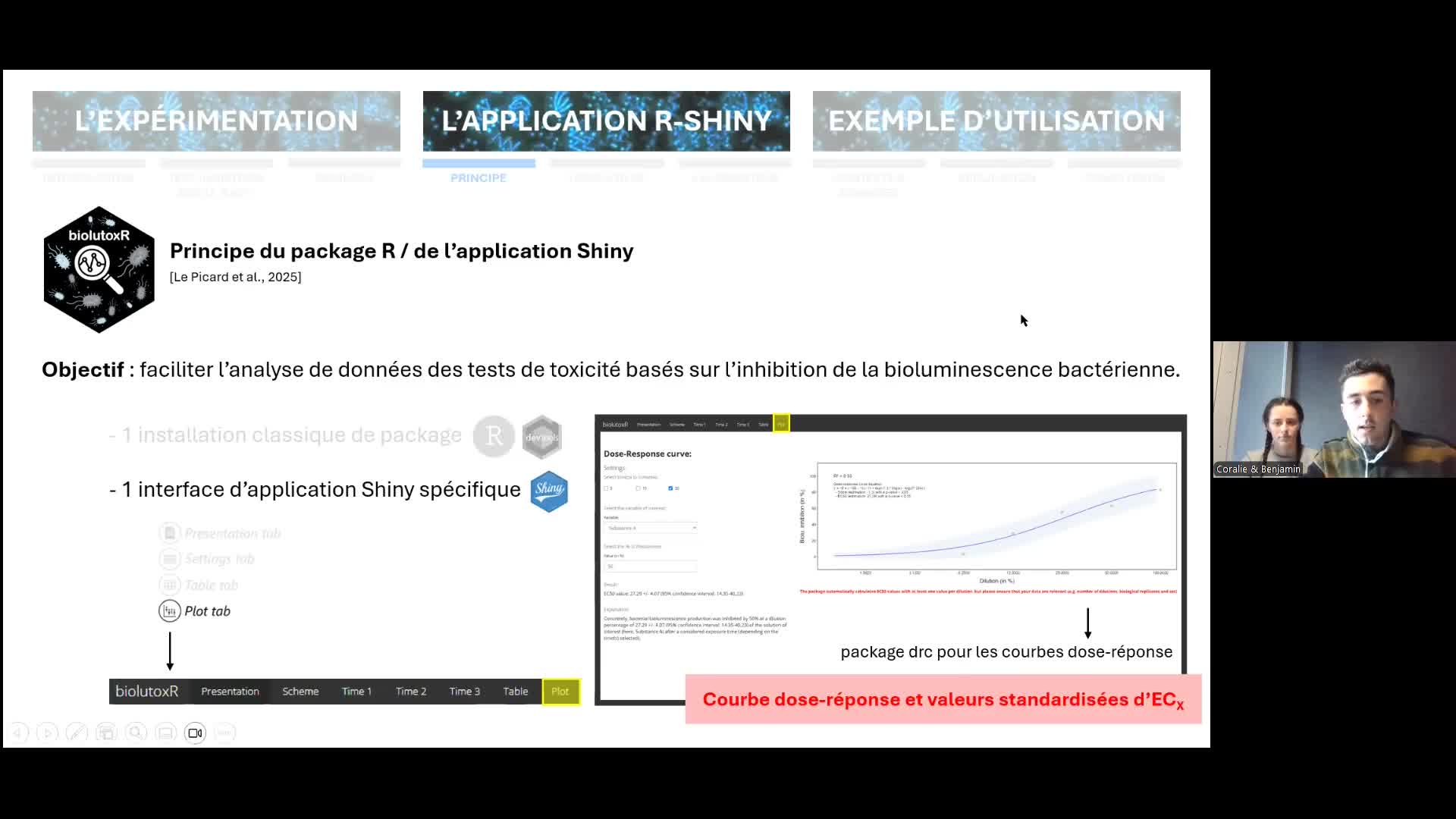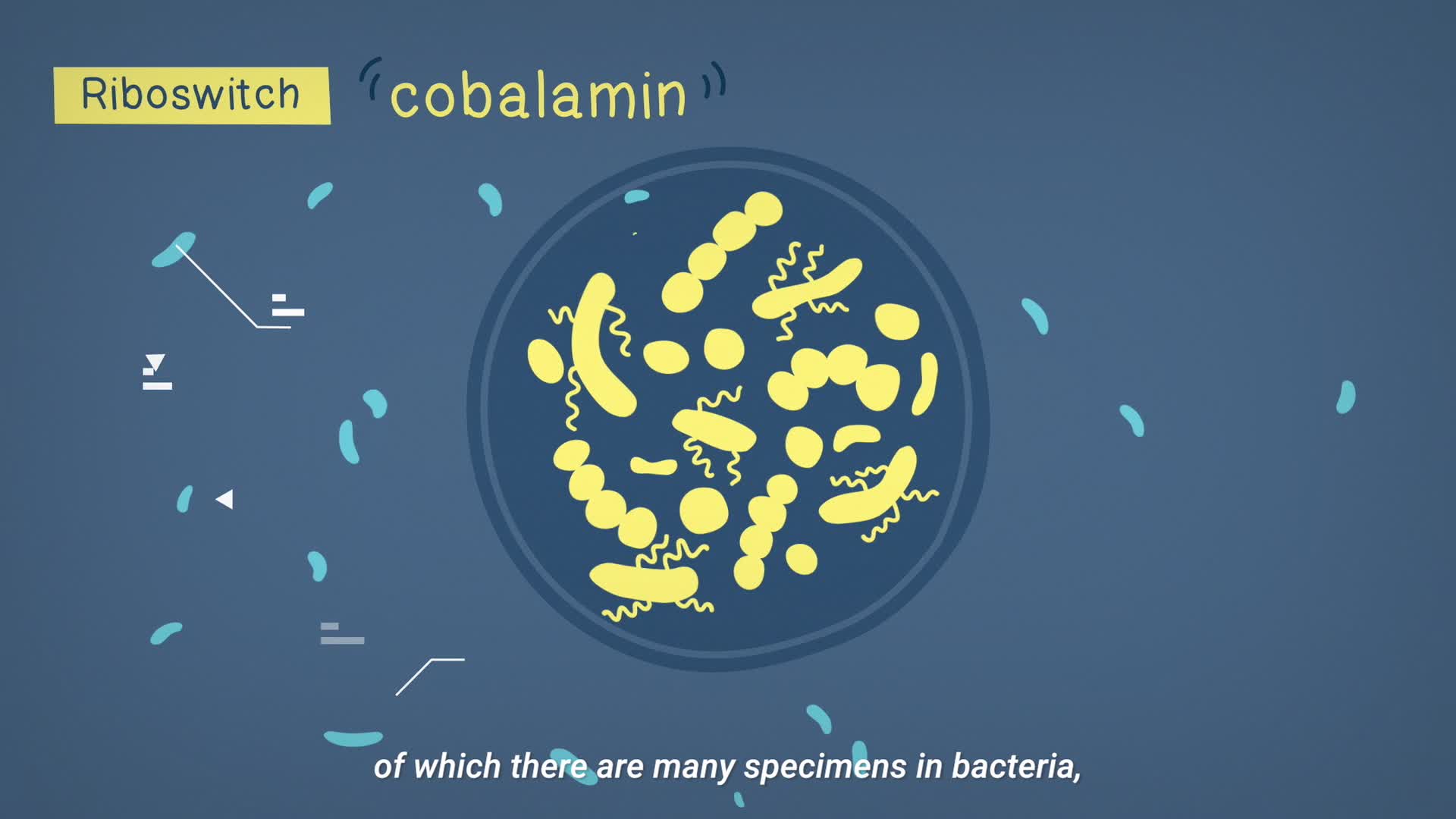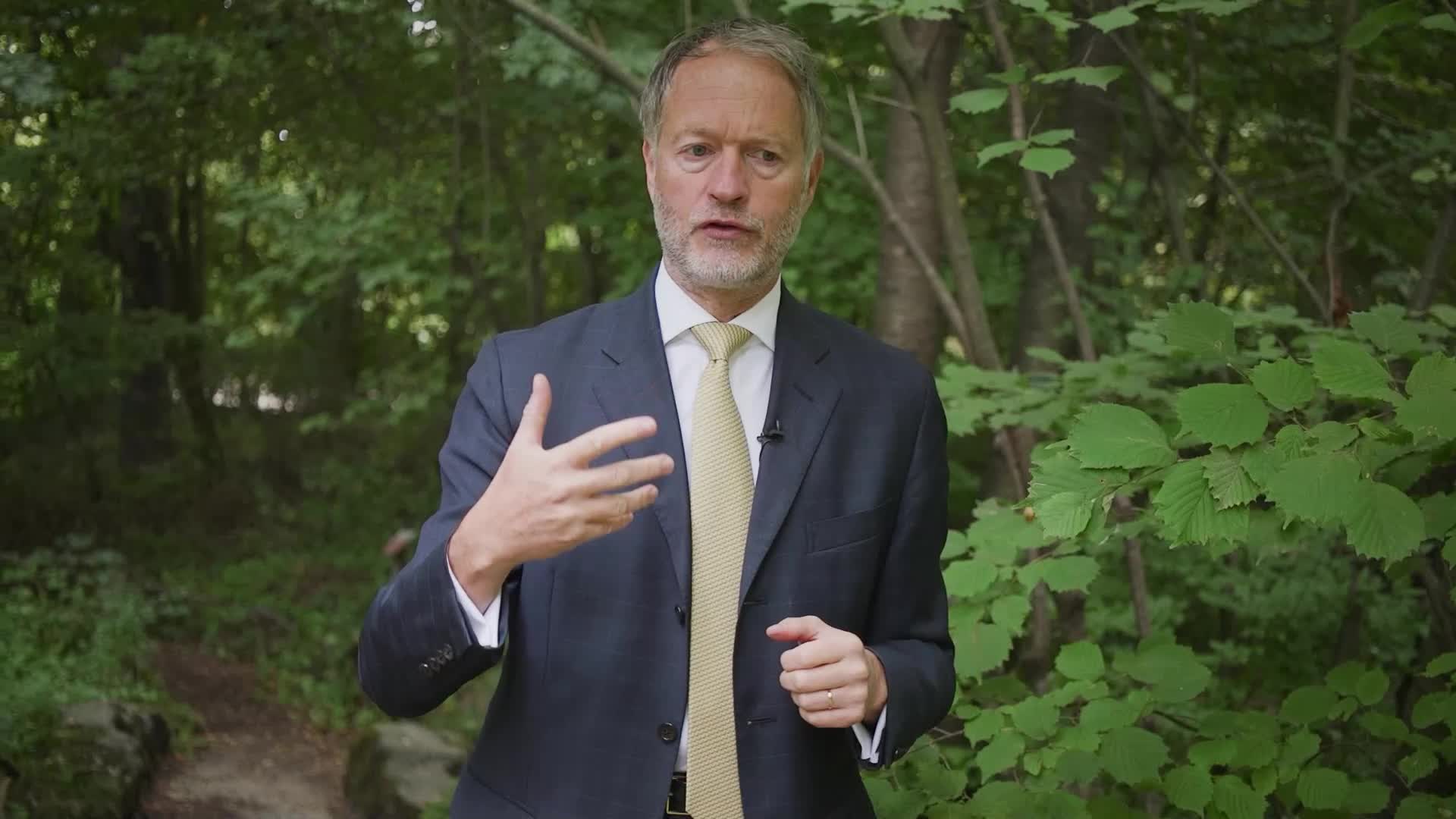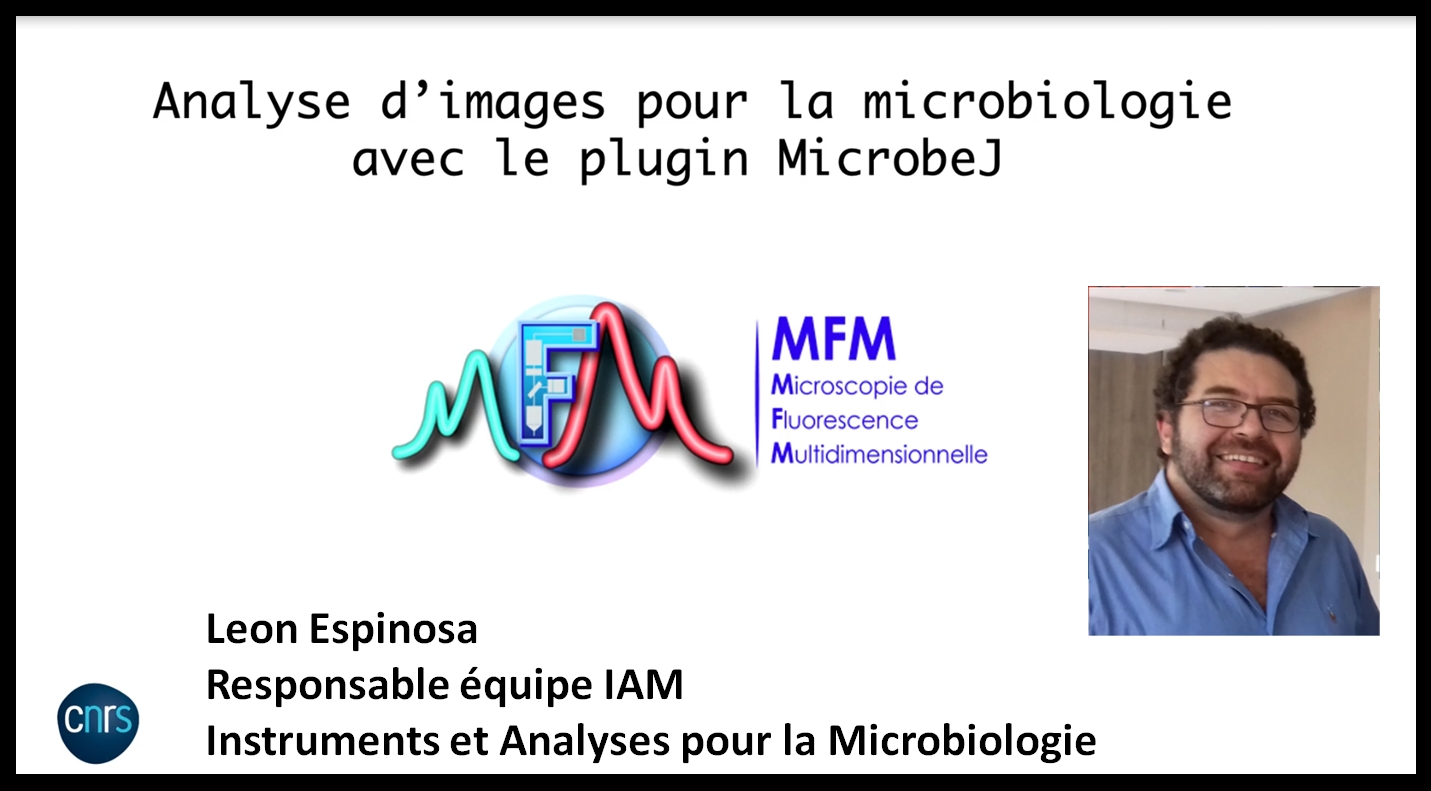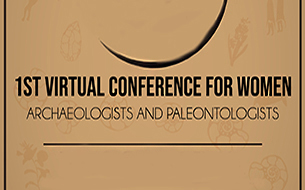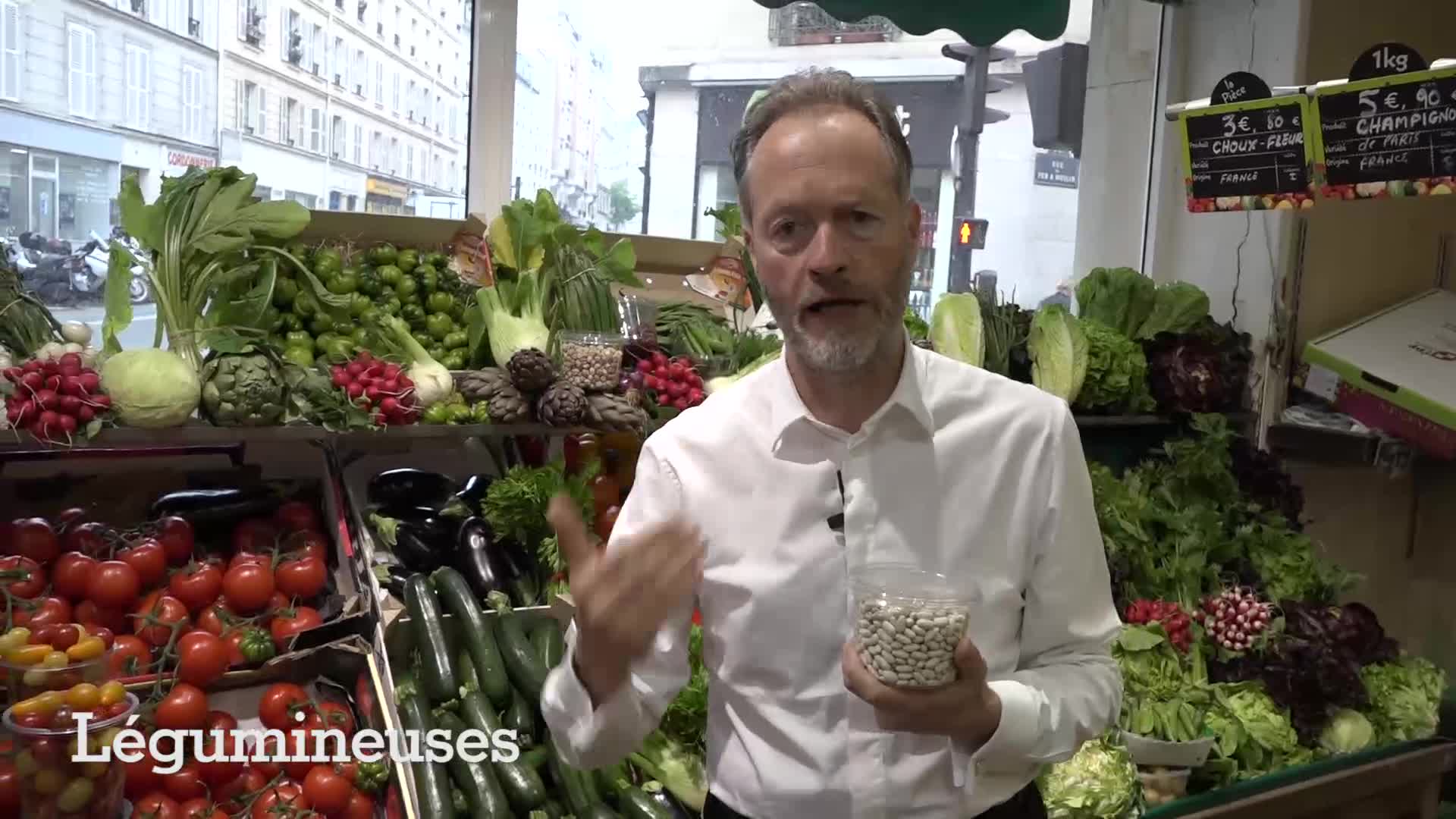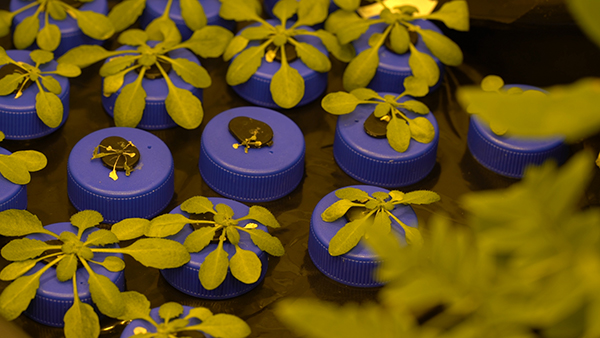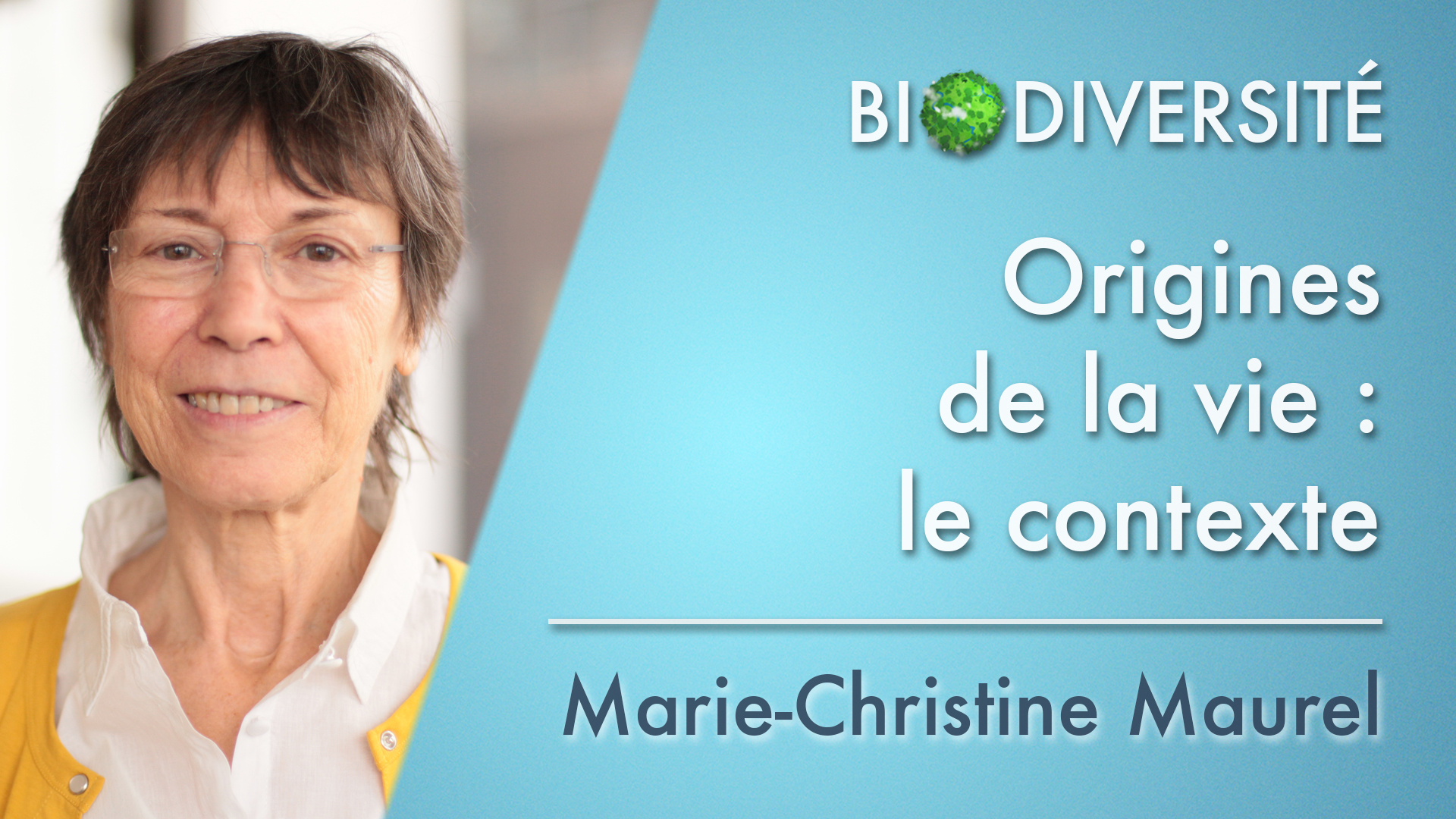Notice
Dr Antoine Guillon - Flagellin-based antibacterial strategy and clinical perspectives
- document 1 document 2 document 3
- niveau 1 niveau 2 niveau 3
Descriptif
Bacterial pneumonia is a leading cause ofmorbidity and mortality worldwide. Antibiotics constitute the standard of carebut are faced with the emergence of antimicrobial resistance and the curativefailure. Targeting the innate immune system is an underexploited area of drugdiscovery for infectious diseases. The JC Sirard’s research team (Lille, Fr)has demonstrated that the respiratory tract administration of a Toll-likereceptor 5 agonist (the immunomodulatory flagellin) activates innate immunityin the lung airway epithelium and enhances the therapeutic outcome (relative tolow doses of antibiotic alone) in the context of pneumonia caused byantibiotic-susceptible S. pneumoniae,in the mouse. The presentation will describe a European consortium (FAIRproject) which plans to bridge experimental data to human trial by developing aTLR-agonist as nebulized adjunct therapy approach. If this adjunct therapyapproach can ultimately be translated into humans and extended to otherbacterial pathogens (especially antibiotic-resistant bacteria) and variousclasses of antibiotics, the treatment of pneumonia would be transformed.
Dans la même collection
-
Dr Raphaël Duivenvoorden - Trained Immunity as a novel therapeutic strategy
Innate immune cells form a vital first line of defense against pathogens, and their activation upon recognition of pathogens is rapid and non-specific. For a long time it has been assumed that
-
Prof. Kingston Mills - Local T cells and their subversion in protective immunity to infection in th…
Respiratory infection with Bordetella pertussis causes whooping cough. The infection is controlled by innate immune responses, but complete bacterial clearance from the respiratory tract and
-
Dr Aurélie Crabbé - Host metabolites modulate bacterial susceptibility to antibiotics
Antibiotic susceptibility of bacterial pathogens is typically evaluated using in vitro assays that do not consider the complex host microenvironment. This may help explaining a significant
-
Prof. Mike Surette - The Good and the Bad of Commensal-Pathogen Interactions in the Airways
The airways are colonized by a complex microbiota that varies in composition and density spatially throughout the respiratory tract, as well as temporally through the life-course. While the lower
-
Dr Rodrigo Guabiraba - Precision cut lung slices: a novel versatile tool to examine host–pathogen i…
The avian respiratory tract is a common entry route for many pathogens and an important delivery route for vaccination in the poultry industry. Immune responses in the avian lung have mostly been
-
Dr Mustapha Si-Tahar - Towards a metabolic anti-influenza therapy
Influenza A virus (IAV) is the etiological agent of a contagious acute respiratory disease, which is associated with high morbidity and mortality. This virus also causes a considerable socio
-
Prof. Adrian Martineau - Vitamin D in the prevention and treatment of respiratory infections
Vitamin D is best known for its effects on calcium homeostasis, but a growing body of evidence shows that it also has extensive immunomodulatory actions. In this talk I will describe the effects of
-
Dr Guido Santos - Multi-level computational modeling as a tool to understand molecular mechanisms b…
Pneumonia is one of the most prevalent infectious diseases worldwide, whose main cause is the pathogen Streptococcus pneumoniae. This is an opportunistic disease affecting the most to sensitive
-
Prof. Pieter Hiemstra - Antimicrobial Host Defence Peptides: Immunomodulatory Functions and Transla…
Antimicrobial host defence peptides (AMPs) are effector molecules of the immune system. AMPs are considered as possible alternatives to conventional antibiotics for the treatment of respiratory
Sur le même thème
-
biolutoxR: Un package R-Shiny pour faciliter l'analyse de données issues de tests de toxicité basés…
LE PICARDCoralieBellierBenjaminPrésentation d'un outil (application shiny) de traitement des données de toxicité sur bactérie marine.
-
-
-
Analyse d'images pour la microbiologie avec le plugin MicrobJ
EspinosaLeonPrésentation Léon Espinosa IAM - Instruments et Analyses pour la Microbiologie
-
Tracing Human Ancestral Migration from its Symbiotic Bacteria / Alexia Nguyen Trung
Nguyen TrungAlexiaTracing Human Ancestral Migration from its Symbiotic Bacteria / Alexia Nguyen Trung, in colloque "1st Virtual Conference for Women Archaeologists and Paleontologists. Nouveaux apports à l’étude des
-
Les nodosités et les propriétés émergentes de la symbiose
SelosseMarc-AndréMarc-André Sélosse, professeur au Muséum National d'Histoire Naturelle, introduit la symbiose particulière des nodosités en présentant leur anatomie ainsi que leur fonctionnnement. Il explique le rôle
-
Les bactéries : un nouvel organe du corps humain
FeuilloleyMarcDepuis Pasteur, on a associé « bactéries » avec maladie, saleté, putréfaction et une multitude de choses toutes plus agréables. Ainsi, notre santé aurait nécessité leur élimination pure et simple.
-
Friches industrielles, des sols à reconquérir (ASR n°13 - LIEC)
Grâce aux travaux des chercheurs du Laboratoire Interdisciplinaire des Environnements Continentaux - LIEC, les friches industrielles de Lorraine peuvent avoir une deuxième vie. De la dépollution des
-
EN-3. Origins of life: the context
MaurelMarie-ChristineMarie-Christine Maurel explores the origins of life on earth. She highlights the main conditions 3 billion years ago, as well as the emergence of the first forms of life, which gave birth to the tree
-
Des bactéries qui font de la photosynthèse
Les plantes font de la photosynthèse, c'est bien connu, mais certaines bactéries sont également capables de réaliser ce processus
-
3. Origines de la vie : le contexte
MaurelMarie-ChristineMarie-Christine Maurel explore les origines de la vie sur terre. Elle met en évidence les conditions qui prévalaient il y a plus de 3 milliards d'années, ainsi que l'émergence des premières formes de
-
Responsable bénéfices santé - Danone Research
Sophie LEGRAIN-RASPAUD responsable Bénéfices Santé pour la société DANONE présente le quotidien de son métier et évoque ses perspectives d'évolutions professionnelles

